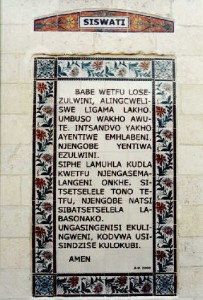18 Month Reading List
Beth, Mikayla and I are approaching the 18 month mark of our time in Swaziland and that means it is time to do another update of what I have been reading.
Before I get into my reviews, a couple things I noticed about my list:
- I read less books in this period than the prior two periods, but this is probably due to the fact that I read next to nothing for the month and a half we were in the states.
- I have to thank David Altmaier for shaping my reading list the last six months. He turned me on to Bill Bryson (through A Walk in the Woods) and also recommended How I Killed Pluto and Why.
- Speaking of Bill Bryson, as you can see, I really got into his writings. I would have probably read even more, but I wanted a bit of variety (you can expect more in my next posting).
- Looking at what I have read in the past 12 months I realized everything was on the Kindle. I haven’t read a hardcopy of a book in over a year. Doesn’t really surprise me because I actual prefer the kindle, but I found it noteworthy.
- I also noticed that I everything I read in this period has been non-fiction. Obviously this is what I am drawn to.
Okay… on to my reviews of the books I have read in the last six months.
- A Short History of Nearly Everything – This was probably my favorite of the Bryson books that I read. It is what it says it is… a sprint through the history of science and what we have learned about where the world has come from. It was like 400 pages of clicking through Wikipedia articles without ever finding a bad one.
- A Universe from Nothing – I started this 6 months ago and set it down. I picked it up again two weeks ago and forced my way through it. The book focuses on super-interesting topics like particle physics and quantum mechanics, but the author is exceedingly arrogant and instead of sharing fascinating discoveries, he prefers to bash religion. It ends up being an unfortunate diversion (regardless of what your theological beliefs are).
- A Walk in the Woods – The first Bryson book I read and I loved it. It is a great mix of candid revelation and literary brilliance. The fact that I have walked parts of the Appalachian trail (and am now ridiculously out of shape) really made the book resonate with me.
- Ada BlackJack – I read this book because it was cheap and a bestseller on Amazon. It was a good read, (especially if you like polar exploration books) and covered some history I was unaware of (an Eskimo woman who survived an exploration trip no one else did).
- At Home – Another one of Bryson’s wandering inquiries into the history of stuff. If you are a linear thinker, this book would drive you nuts, but it was a great book to pick up and read for 10 minutes or two hours.
- Bill Bryson’s African Diary – Super quick read about Bryson’s trip to Kenya. The writing was great as I have come to expect, but it was short and lacked a unifying direction.
- How I killed Pluto and Why – This book is the polar opposite of A Universe from Nothing that I mentioned above. It is another “science” book, but the author is incredibly humble and prefers to explain topics rather than talk down to his audience. It is a great walk through of his career in planetary astronomy and the massive changes that occurred during the time period. Well written and fascinating.
- How to get away with Murder in America – This was one of several short non-fiction read after finding it on the Amazon best seller list. A bit of conspiracy theory mixed with mob sensationalism, but the result was not great.
- John McAfees Last Stand – This was an interesting read and I found it to be a foray into a new style of literature: long-style current event reporting. It covered the unfolding events around the curious life of a tech giant turned nuts. You can read my full review here.
- Journey to Ki – a short book about a journey to a Tibetan temple. Simply put, this was not worth the time. Free on Amazon, but it was more of a college personal narrative assignment than a real read.
- Lost at Sea – ughh… it took everything I had to finish this book. I found the author recommended amongst several of my favorite authors, but the book ended up being a rambling collection of short articles that had nothing in common.
- The Devil in the White City – This book has been on my “to-read” list for quite a while and I am very glad I finally got to it. It is a great blend of excellent writing with an interesting subject matter (Chicago world’s fair and a crazy serial killer). The conclusion was a bit short, but the overall quality of the writing easily made up for it.
- The Last Explorer – I think this was a free (or cheap) book I found on Amazon and it was actually very interesting. It was about an Australian adventurer / explorer who despite amazing contributions ended up on the sidelines. Very interesting.
- The Violinist’s Thumb – I love Sam Keane’s writing style. The Disappearing Spoon was one of my favorite books for last year and I was excited to read his newest work on DNA and heredity. I didn’t think it was as good as his first book, but he still presents a top-notch blend of interesting science and crazy back-story.
So what books ended up on top? Well to be honest, I had a harder time deciding than usual. The books spanned a pretty broad range of subjects and writing styles and they tended to fall into two categories. Those I was glad I read and those I wish I hadn’t wasted my time on. Here is how those designations flesh out:
Worth Reading: A Short History Of Nearly Everything, A Walk In The Woods, Ada Blackjack, At Home, How I Killed Pluto And Why, The Devil in the White City, The Last Explorer, The Violist’s Thumb
Not Worth Reading: A Universe From Nothing, African Diaries, How To Get Away With Murder In America, John Mcafee’s Last Stand, Journey To Ki, Lost At Sea.
So there you go. You can look forward to the year-end summary of Ben Kickert’s reading in July.
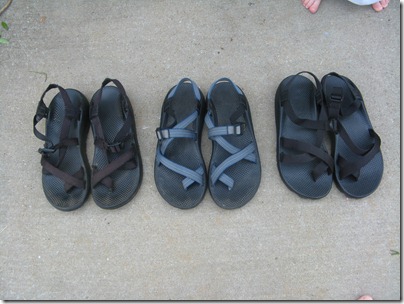
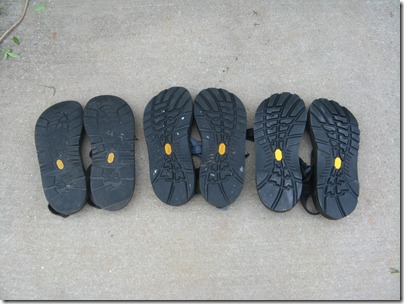
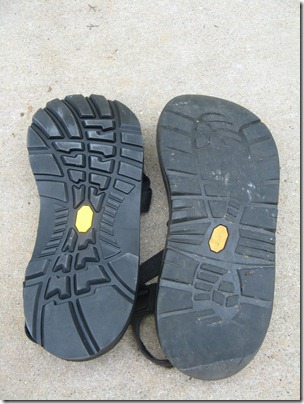
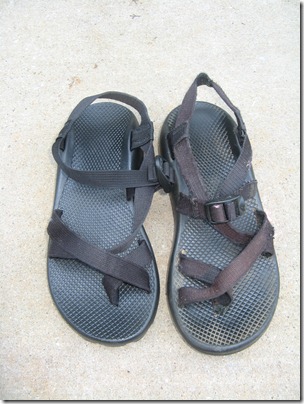
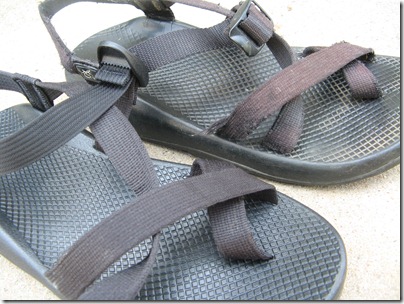

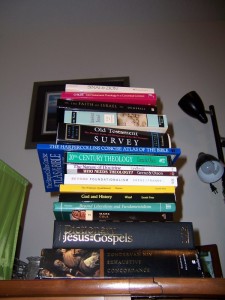


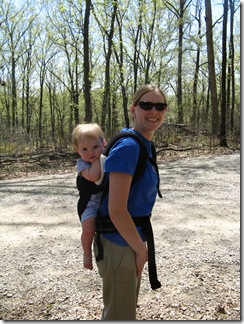 Beth and Mikayla at the Trail Head
Beth and Mikayla at the Trail Head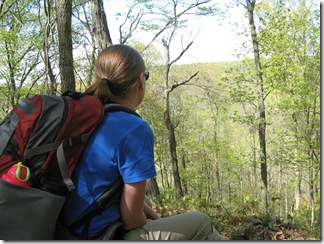

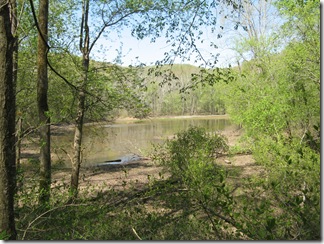
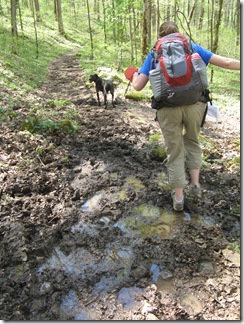
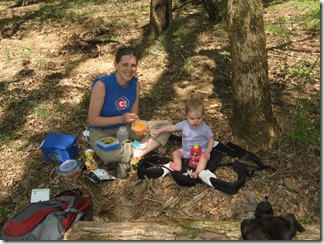

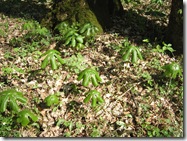
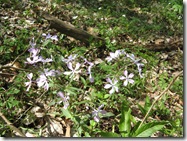
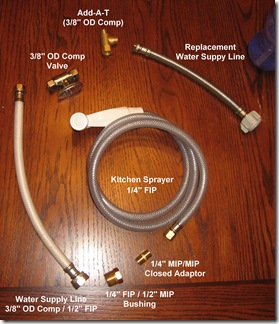



_titles.jpg)
